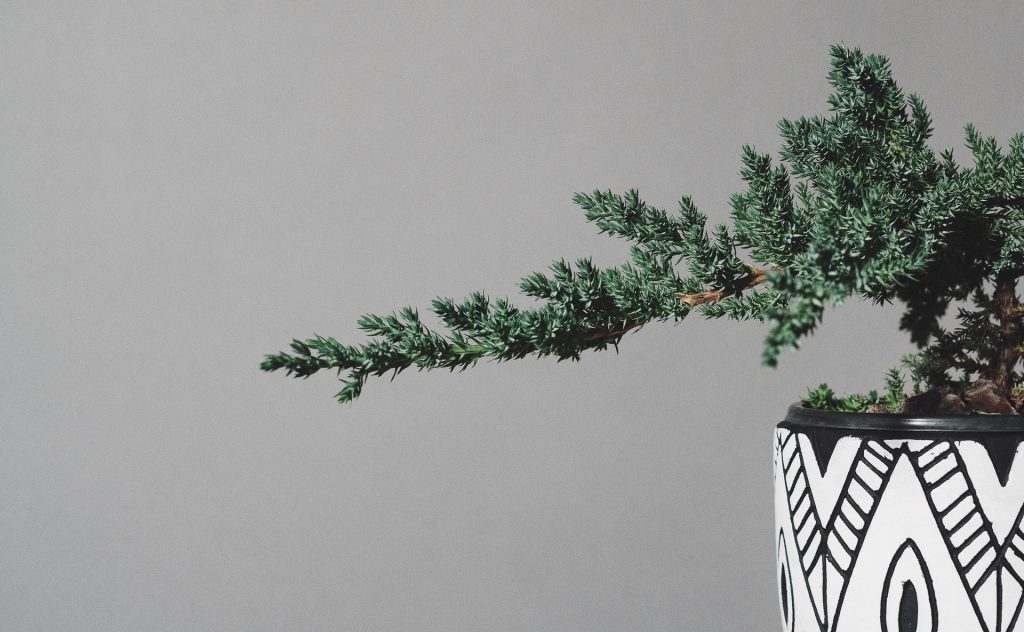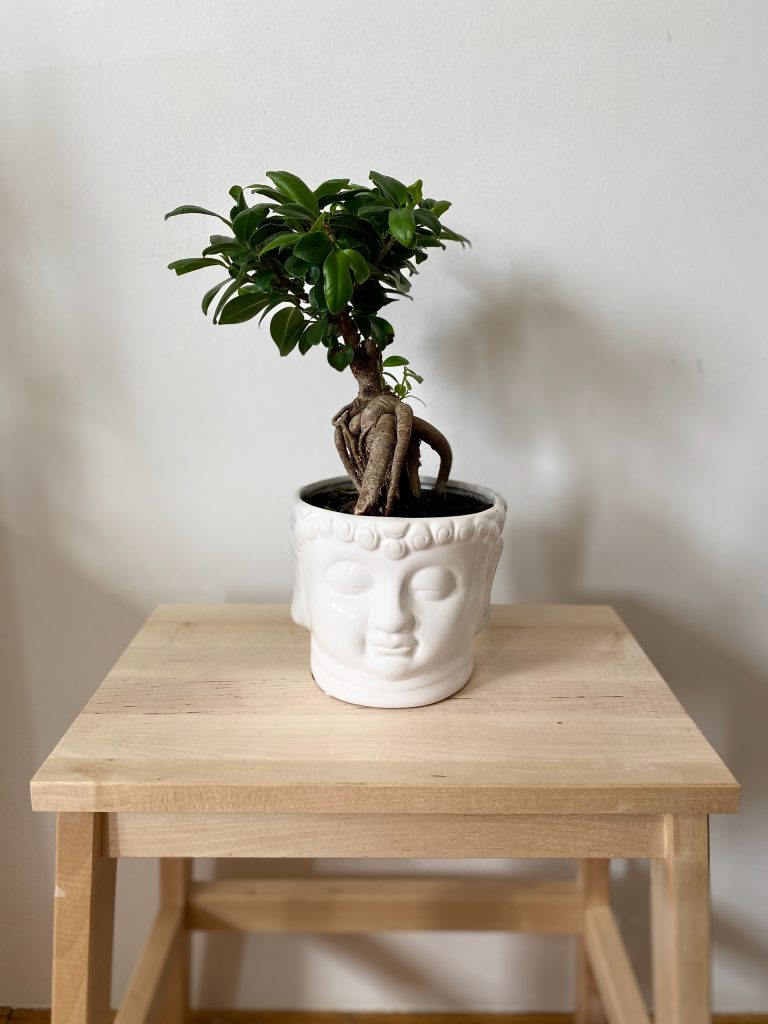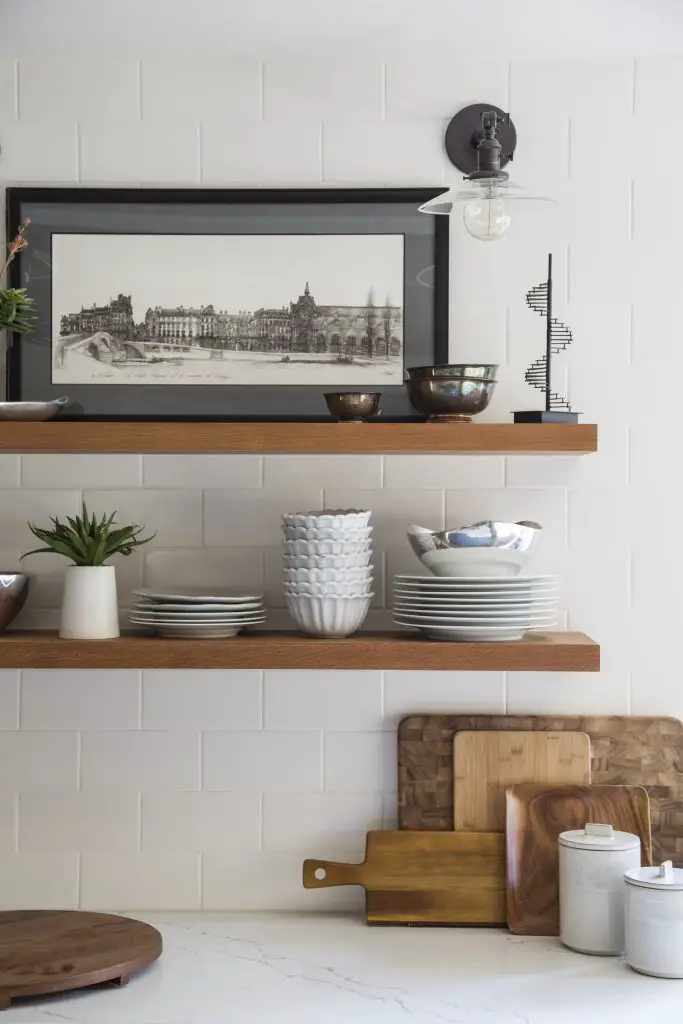Bonsai means planted in a container in Japanese. It refers to the art of cultivating small trees that have been an integral part of Japanese culture since the 14th century. Today, bonsai is an art that people across the world love. Bonsai care is not as difficult as it seems. However, it might be intimidating for beginners. Here are eight tips to take care of your indoor bonsai tree plant.
1. Deciding Whether You Want To Buy And Bonsai Tree Or Growth It From A Seed
You can grow a bonsai tree either from seed or purchase a medium-sized bonsai plant from an indoor bonsai tree for sale event. Growing a bonsai tree from seed takes around 3-4 years, and you need to have a lot of patience while it grows to become a beautiful tree.
2. Select A Bonsai Tree Suitable For Beginners

Bonsai tree species vary widely, and they have different maintenance and care needs. If you are a beginner, you must stay away from high-maintenance bonsai trees that need regular care and pruning. Some of the bonsai trees recommended for beginners are:
- Chinese Elm Bonsai tree
- Kingsville Boxwood
- Ficus Retusa
- Baby Jade
- Sago Palm
- Fukien Tea
You can easily find these bonsai trees at most indoor bonsai tree for sale events.
3. Make Sure That The Bonsai Tree You Want To Purchase Is An Indoor Plant
Not knowing the bonsai tree’s humidity, water, and sunlight needs causes damage to the tree. Horticulture experts mention not all bonsai trees are suitable as indoor plants. Bonsai trees from tropical and subtropical regions are more suitable for indoor environments. The reason is these plants grow well in steady temperatures and light. For reference, Ficus Retusa and Chinese Elm Bonsai trees are suitable for indoor environments, while bonsai trees like English Oak bonsai, Beech, Hornbeam are suited for outdoor environments.
4. Watering It Right

The bonsai tree, just like any other plant in your garden, needs an adequate amount of water to thrive. Since bonsai trees are small, they are generally planted in a pot or shallow soil. This causes the soil to dry out faster. The pot size in which bonsai is growing determines how often you need to water the bonsai tree.
If the bonsai tree is planted in a small pot, it will have less water-retaining capacity. You need to water the bonsai tree at least 2-3 times a day in such a scenario. Different bonsai trees have different watering requirements. You need to maintain an individual watering schedule for each bonsai plant as per needs. Underwatering the bonsai trees will cause the leaves to dry, while overwatering will cause the leaves to turn yellow.
5. Select The Right Soil
Bonsai is planted in a very small amount of soil. The bonsai tree will draw water and nutrients from the soil. Hence, you need to use the right kind of soil for the bonsai tree. You can use organic bonsai soil for better water retention, and since the components of such soil are large it allows oxygen to pass through easily. The common ingredients of bonsai soil are fine gravel, compost, organic potting, lava rock, pumice, and Akadema.
The pH of the bonsai soil should be neutral. Horticulture experts mention a ph between 6.5 and 7.5 is ideal for bonsai trees.
6. Usage of Fertilizer

The bonsai tree grows in a very small area and therefore, you need to use quality fertilizer to make sure it is getting all the necessary nutrients. The common ingredients of bonsai fertilizer are nitrogen, phosphorus, and potassium. These ingredients aid in photosynthesis and also help in the overall growth of the bonsai plant. You need to fertilize the bonsai trees regularly during the growing season and monthly during the winter season.
7. Know When to Repot Your Tree
If you notice the bonsai tree’s roots are growing out of the container, you need to pot the plant in a bigger pot. Excess roots can cause the plant to starve. Hence, you need to pot the bonsai tree into a larger pot with sufficient space for its roots to grow. The time for repotting varies with different bonsai tree species. However, in most bonsai species, the repotting time is between 2 to 5 years.
8. Prune It
Pruning is an essential part of bonsai care. It is important to maintain the bonsai tree’s compact size and overall health. You need to prune the thick branches, unhealthy shoots, and leaves.
To sum up, the above mentioned points should be kept in mind before buying a bonsai tree.
Thanks to greenthumbplanet.com for consulting.
























